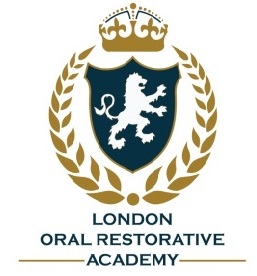Day 2 :
Keynote Forum
Zainal Arif Abdul Rahman
University of Malaya, Malaysia
Keynote: Orofacial Vascular Lesions
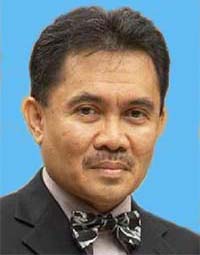
Biography:
Zainal A A Rahman is presently working as Dean at Faculty of Dentistry, University of Malaya, Malaysia. Currently, he is working as a Professor at Department of Oro-Maxillofacial Surgical & Medical Sciences, Faculty of Dentistry, University of Malaya, Malaysia. He has published more than 38 papers in reputed journals.
Abstract:
Vascular lesion within the mouth, face and jaws had pose an unsolved challenge to the oral and maxillofacial surgeons due to possible risk of excessive blood loss during surgical intervention and also frequent recurrence of the lesion. The vascular lesions that occur commonly within orofacial region include arteriovenous malformation, cavernous haemangioma and vascular tumor. The author will describe the diagnosis and various treatment options for the variety of vascular lesions. The rational and justification of each treatment option will be discussed in detail. The need of prior embolization in relation to the type of lesion will also be emphasized. The merit and disadvantage of each treatment options will be discussed over a range reported cases. The complications that may arise from these lesions will also be mentioned.
Keynote Forum
Mostaque H Sattar
University of Dhaka, Bangladesh
Keynote: Smile Design_Beauty, Art & Science
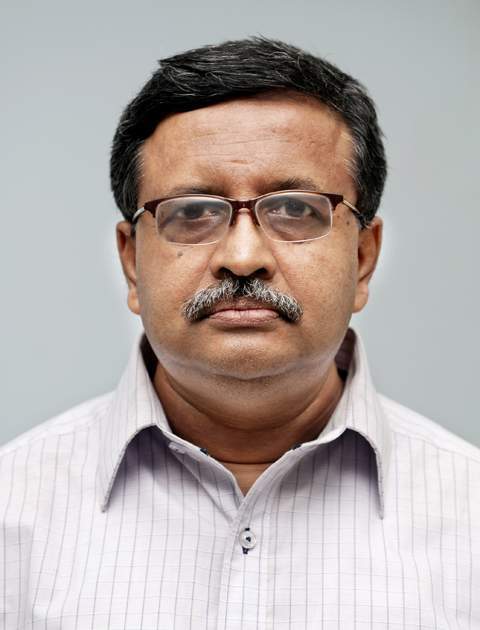
Biography:
Mostaque H Sattar is currently providing his services as a Professor and Principal at City Dental College, University of Dhaka, Bangladesh.
Abstract:
A systematic and well-organized approach and is required to evaluate, diagnose and resolve esthetic problems to have a predictable outcome. It is of prime importance that the final result is not dependent only on the looks alone. Our ultimate goal as clinicians is to achieve pleasing composition in the smile by creating an arrangement of various esthetic elements. This article reviews the various principles that govern the art of smile designing. The literature search was done using PubMed search and Medline. This article will provide a basic knowledge to the reader to bring out a functional stable smile. Dentistry has always been aware of the importance of dental esthetics but recently the patients and many dentists have emphasized this branch of dentistry because of the high value, society gives to a person’s appearance. The development of new techniques and restorative materials to meet this new demand has allowed a greater number of treatment options capable of improving or restoring the natural appearance of teeth. These options are becoming more simple and conservative. Modern Cosmetic Dentistry and the advent of new materials and techniques have transformed the way people think about their smiles and each other. Smiles convey warmth, confidence, social status and career success. Best of all, smiles help you feel good about yourself. Today you can trust your smile to a new brand of cosmetic dentist - an artist who understands exactly what you want in a smile, why you wear it as your most important accessory, and how to protect it through the ages. As one of this regions’ most celebrated cosmetic dentists, Dr. Ostler gives you the warmth, experience, and passion that you want and deserve in a good cosmetic dentist. Nothing compares to a confident attractive smile. It’s there when you laugh, when you greet, say thank you, or express a happy thought. Your smile is your most important social bonding gesture, and your most important professional announcement - it tells others who you are. In short, your smile sells you! Give your smile that Picture Perfect look of confidence, beauty and health - because when you feel good about yourself, people are naturally attracted to that! Give your smile that Picture Perfect look of... Confidence, Beauty and Health! This article reviews the various principles and technique that govern the art of smile designing. The literature search was done using PubMed search and Medline. This article will provide a basic knowledge to the reader to bring out a functional stable smile. Some clinical cases will be presented to establish the above-mentioned procedures. The patient loves new smile and teeth and feels they fit his/her personality and idea of perfection. After above-mentioned procedure, we are able to correct all of the patient’s concerns and achieve a great cosmetic result depending on the socioeconomic conditions of South East Asia. The procedure was smooth and predictable by following the proper protocol.
Keynote Forum
Leela Krishna Mohan
Siddhartha Institute of Dental Sciences, India
Keynote: Immediate loading dental implants
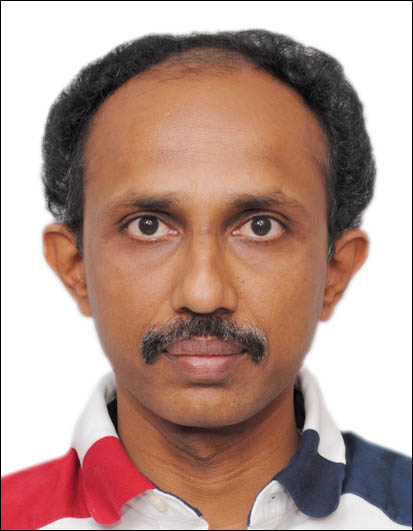
Biography:
Leela Krishna Mohan has completed MDS in Oral and Maxillofacial Surgery and Implantology from Manipal Academy of Higher Education. Presently, he is working as a Professor in Department of Oral and Maxillofacial Surgery and Implantology in Siddharth Institute of Dental Sciences, Vijayawada, India. He has 8 PubMed indexed publications and 5 other publications. He is a certified Master and Teacher of International Implant Foundation Munich, Germany for Immediate Implants.
Abstract:
Teeth form an important component of the face. Missing teeth leads to several problems like nutritional, speech, psychological and esthetic problems to the patients; replacement of teeth is must to rectify these problems. Replacement of missing teeth can be done in many ways but implants stands as the best possible solution for replacement of missing teeth. In implants conventional two stage implants are the main mode of treatment for replacement. The main drawback of conventional implants is the time and number of surgical procedures involved. We may need to wait at least 2-3 months post extraction and 3-6 months in case if bone grafting is done for ridge augmentation and 3-6 months post implant placement for biological osseointegration and to functionally load the implant. So minimum it will take 3-12 months to complete the procedure. To overcome these difficulties the immediate implants also called as basal implants/monophasic implants have been designed. Basal implants design permits us to place them immediately even after extraction. The implants in maxilla are engaged into resorption resistant pterygoid, zygoma, palatal bone and nasal floor. Thereby, we can avoid sinus lifting & other bone grafting/augmentation procedures even in resorbed ridges. In case of mandible the lingual cortical bone in posterior region and basal bone in anterior region is used for implant anchorage. Immediate mechanical osseointegration is achieved with these basal implants unlike endosseous implants making them suitable for immediate functional loading. Esthetics may occasionally demand for bone grafting. The 2nd surgical procedure for abutment fixation is not required as these implants are single piece. The reduced surgical procedures, immediate functional loading and completion of treatment in 3-days make them highly advisable method of treatment over conventional implants. Only disadvantage is that these implants placement and prosthesis fabrication needs proper training.
Keynote Forum
Abhijeet Bhasin
World Academy of Ultrasonic Piezoelectric Surgery, India
Keynote: Immediate Dental Implant Placement in Extraction Socket
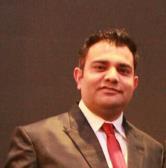
Biography:
Abhijeet Bhasin has completed his graduation from Modern Dental College and Research Centre, Indore in 2007 and has been practicing Implantology since then. He has done his Basic and Advanced Implantology training from Goethe University, Germany under the mentorship of Dr. Prof. Netwig and Dr. Porus Turner. He is a Member of Indian Society of Oral Implantologists (ISOI) and Vice President of Indian Dental Association, Indore Branch. He is the Vice President of World Academy of Ultrasonic Piezoelectric Surgery (WAUPS) South East Asia and the Fellow of Academy of General Education and World Academy of Ultrasonic Piezoelectric Surgery.
Abstract:
Immediate dental implant placement has been an acceptable procedure from at least the past two decades. Commonly, immediate implants have been reserved for the single rooted anterior tooth and single or bi-rooted premolar tooth. Perhaps the most important aspect of any implant surgery in accordance with the successful procedure is implant stability and bone to implant contact (BIC). Removal of molar teeth provides a challenging and intriguing dilemma due to multiple root morphology. In the case of extraction and immediate placement of dental implants preserving alveolar bone proper, particularly that of the labial and lingual plates of bone is essential in providing the optimal environment for maximizing BIC and implant stability. Also, the position of the final restoration must be considered, in relation to intra and inter arch position, occlusion, function and aesthetics. Thus, minimal alveolar bone removal should be considered and attained to aid in the above factors in order to provide an acceptable surgical site for successful placement of the dental implant. Finally, and perhaps most importantly when considering immediate molar implant placement, removal of the intra-alveolar septum should be avoided to aid in increasing BIC and allowing the attainment of initial implant stability at the time of placement.
Keynote Forum
Meisan Ali Bukhari
Consultant of Prosthodontics, Ministry of Health, KSA
Keynote: Prosthodontic Rehabilitation of Completely and Partially Edentulous Patients with Bell's palsy

Biography:
Abstract:
Keynote Forum
Sinem Yeniyol
Istanbul University, Turkey
Keynote: Non-UV Based Early Murine Pre-Osteoblastic Cell ALP Levels of Anodized and Annealed Titanium Surfaces

Biography:
Abstract:
Keynote Forum
Lendrawati Syofyan
Andalas University, Indonesia
Keynote: Sugary Snack and Beverage Consumption and Caries Incidency in Adolescent
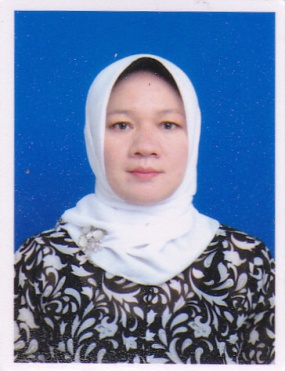
Biography:
Abstract:
Keynote Forum
Kamsiah G Haider
Private Clinical Prosthodontist, Malaysia
Keynote: Digital Smile Design , Guided Surgery -delivering facial-driven implant treatment in failed dentitions
Time : 13:45-16:00 Dental Treatment and Restorative Denti
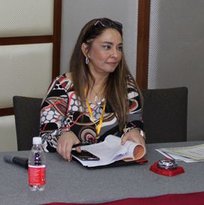
Biography:
Abstract:
- Prosthodontics and Periodontology
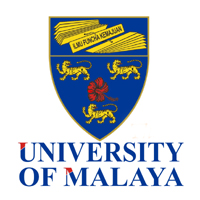
Chair
Zainal Arif Abdul Rahman
University of Malaya, Malaysia
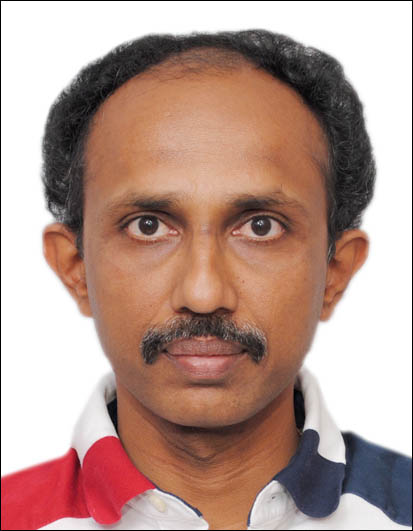
Co-Chair
Leela Krishna Mohan
Siddhartha Institute of Dental Sciences, India

